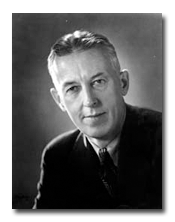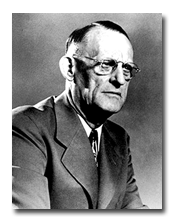Who does Alcoholics Anonymous serve?
Alcoholics Anonymous serves anyone who wants to become sober, regardless of age, gender, race, sexual orientation, or disability status. The only requirement to attend an AA meeting is the commitment to overcome alcoholism and remain sober. While closed meetings are only for recovering alcoholics, family members and loved ones are allowed to attend open meetings. Currently, AA has an estimated 2.1 million members around the world that make up more than 100,000 groups.
How does Alcoholics Anonymous work?
Gaining an understanding about how AA works will help to ease the mind of an addict hesitant to attend a meeting. While it may seem intimidating at first, AA is an incredibly open, welcoming support system and those who open their minds to the process benefit greatly.
The Structure of AA
The group leaders are members who have previously completed the AA program. Each individual group is self-run and requires participants to step up to maintain the organization. The groups are funded by donations from the members.
The success of AA is due to the fact that the leaders have already achieved sobriety within the program. While it may be scary and intimidating to first attend an AA meeting, every person in the room knows exactly what it feels like to take the first step. This common ground provides comfort and allows individuals to be supported by the group.
The 12 Steps and Traditions
Every member who participates in an AA group reads the “Big Book,” which serves as the core of AA. In the Big Book, there are also motivating success stories of recovered alcohols among other resources. Most importantly, the Big Book outlines the 12 steps and transitions of AA.
The 12 Steps are:
- We admitted we were powerless over alcohol—that our lives had become unmanageable.
- Came to believe that a Power greater than ourselves could restore us to sanity.
- Made a decision to turn our will and our lives over to the care of God as we understood Him.
- Made a searching and fearless moral inventory of ourselves.
- Admitted to God, to ourselves, and to another human being the exact nature of our wrongs.
- Were entirely ready to have God remove all these defects of character.
- Humbly asked Him to remove our shortcomings.
- Made a list of all persons we had harmed and became willing to make amends to them all.
- Made direct amends to such people wherever possible, except when to do so would injure them or others.
- Continued to take personal inventory and when we were wrong promptly admitted it.
- Sought through prayer and meditation to improve our conscious contact with God, as we understood Him, praying only for knowledge of His will for us and the power to carry that out.
- Having had a spiritual awakening as the result of these Steps, we tried to carry this message to alcoholics, and to practice these principles in all our affairs.
In addition to the 12 steps, the foundation of AA is set within the 12 traditions. Because of these traditions, members know they are joining a safe community where they are encouraged to be open and honest. The 12 traditions also illustrate that the only requirement for membership is the desire to become sober and how that fact should be the only focus of the group, not events from the outside.
How to Join an AA Group
While people may initially be reluctant or embarrassed to join an AA group, the millions that have recovered serve as evidence that the system is effective. Because there are so many groups in existence, there is bound to be one nearby. The online meeting finder is a great tool to begin this journey.
Do you or a loved one have questions about AA? We are here for you and we are here to help.




